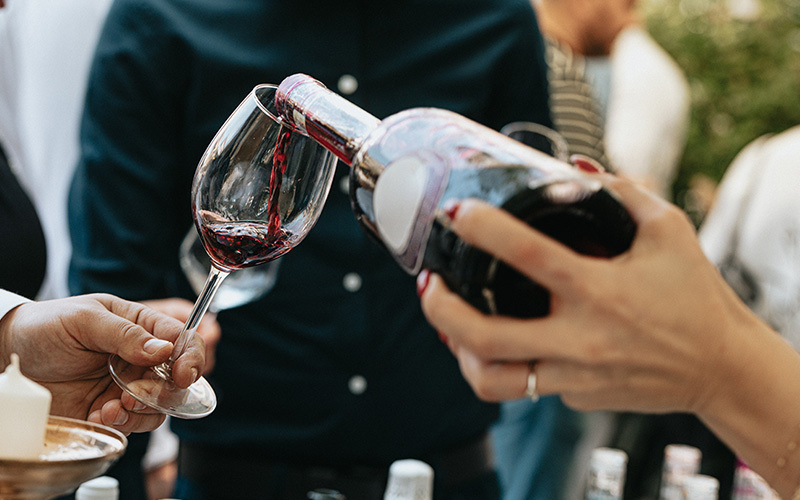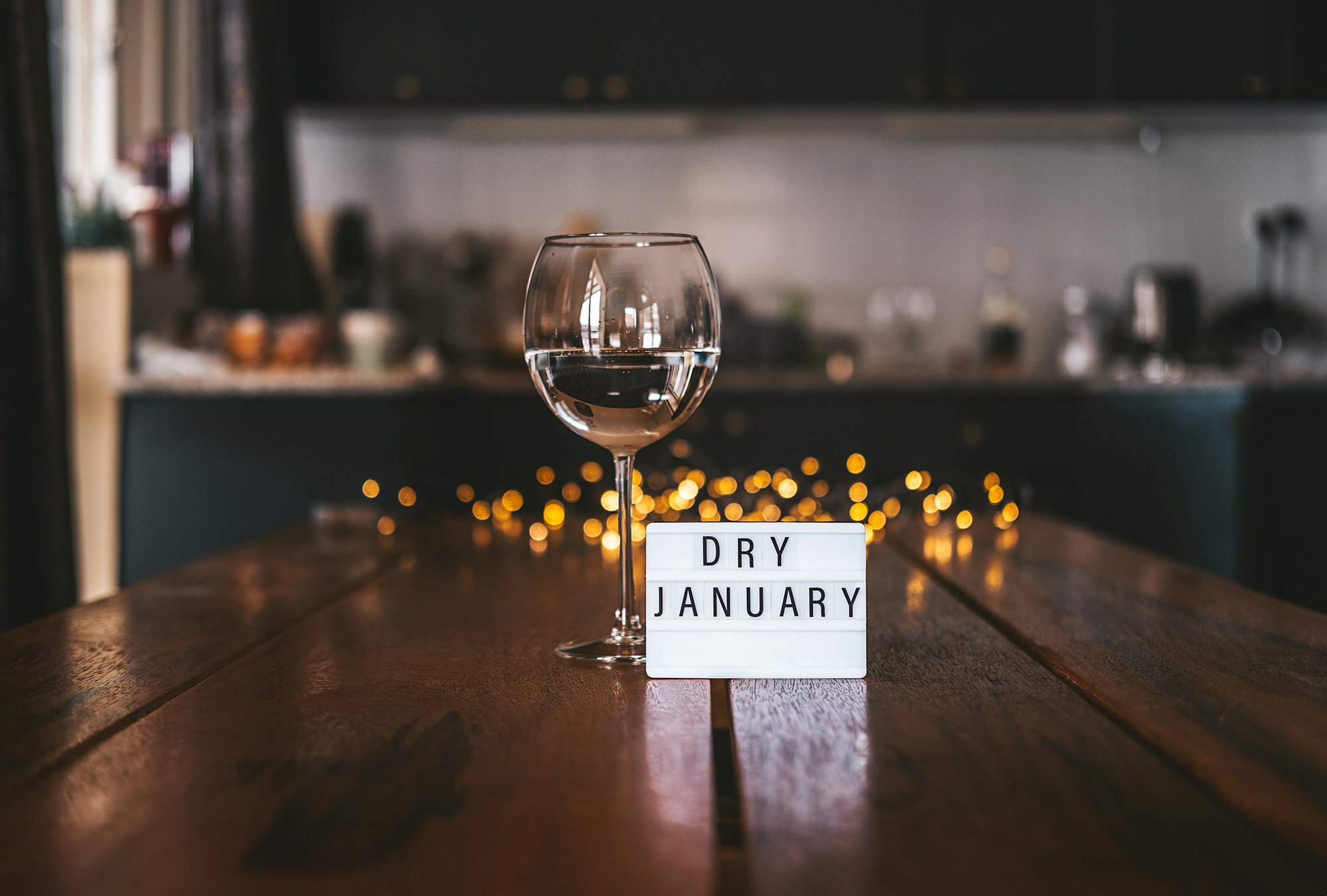
Stay Informed
Sign Up for the TBL Newsletter Today!
[formidable id=3]Wine & Spirits / Nov 30, 2023
5 Tips for Success in Marketing Wine to Gen Z & Millennials
The sober-curious movement has grown exponentially over the last few years, especially in the Gen Z and Millennial age groups. As a result, many beverage companies have focused on producing low-to-no-alcohol offerings to reach this segment.
But what if you’re a company that wants to stay true to your DNA of producing wine and spirits? We believe it’s still possible to reach younger drinkers by getting innovative with your marketing and PR efforts, and a new benchmark study by Business of Drinks offers practical insights on consumption trends that you can leverage strategically to achieve your goals.
The Challenges of Marketing Wine to Younger Generations
The wine industry has faced challenges in marketing to younger audiences for decades. However, we are in a new era. Not only are there more options in the wine and spirits market, such as seltzers and the rise of bespoke spirits, but Millennials and Gen Z are also consuming less alcohol overall.
As Boomers, who have long been champions of wine, are retiring and buying less, the industry must begin to pay attention and adapt marketing strategies to meet the needs of the Millennial and Gen Z demographics, as they will soon make up the largest global consumer group.
The Business of Drinks report provided many observations on the purchasing behaviors of these groups, but the most controversial takeaway — one that may surprise wine and spirits brands — is that most Gen Z and Millennial buyers are not paying attention to scores when making purchasing decisions. Instead, they are discovering new brands from their friends, social media, and restaurants they frequent. None of these factors have been a traditional focus for an industry that favors email marketing and offering wine clubs as their hero strategies.
5 Strategies to Market Wine to Gen Z & Millennials
We’re breaking down our recommendations on how to turn this insight into action if you’re marketing to Millennials and Gen Z.
1. Don’t discount scoring and competitions.
Wine scoring and competitions still hold weight, especially among distributors and trade audiences, which means they are still instrumental in building third-party credibility.
We recommend strategically doubling down on messaging about your scores and wins to reach the younger target audiences. For example, when you’re training restaurant partners, store associates, or social media influencers, work these details into their messaging to describe the product. By staying in touch with partners, you can get genuine customer feedback to understand if the messaging is working.
2. Invest in influencer and expert relationships.
It’s a digital age, and Gen Z and Millennials are shopping not just on e-commerce sites but via TikTok and Instagram. It’s now just as important to build organic relationships with influencers as it is to build them with traditional print and online journalists or broadcast personalities.
While this tactic may be a significant spend for some wineries, the opportunity to reach audiences on popular social channels like Instagram and YouTube is well worth it, given that 74% of consumers look to social media for recommendations, and 44% of Gen Z customers make purchases after seeing influencer recommendations.
Our team of digital and social experts has guided many clients in beginning their influencer engagement and digital targeting programs. Recently, we partnered with Montes Wines to curate a program that generated a 15-16% increase in engagement.
TikTok is another growing platform for wine influencers, but it’s important to be careful and follow the restrictions, given that much of this audience is under 21. Instead of simply asking TikTok influencers to promote your products, we recommend engaging influencers who fit your brand, building organic relationships, and inviting them to experience wine room tastings. This approach increases your ability to create authentic connections and content creation opportunities.
In the long run, the authenticity of your relationships will be key in capturing consumer attention.
3. Prioritize restaurants in your off-premise distribution strategy.
Millennials and Gen Z are also learning about wines — and remembering them for future purchases — from the restaurants they frequent. As you work with your sales and distribution team, ensure you’re prioritizing relevant restaurants that have a similar brand aesthetic and, most importantly, a menu that pairs well with your wines because flavor is incredibly important to this group.
As you sell to key accounts, make sure you’re building relationships with their marketing team, sommeliers, and chefs. This step will help you keep your brand at the top of their minds when they’re recommending wine to diners.
It’s worth noting that chefs and sommeliers are more popular than ever as influencers online and in print media, as well as social media. As such, we recommend treating those sommeliers and chefs similar to influencers and building relationships with them for potential opportunities outside the restaurant.
If they have your brand in mind when asked for recommendations, it could be a sales-driving win you need.
4. Consider overlooked influencers and expert partners.
Given that wine is not a health product and should never be marketed as one, you may find this recommendation odd, but hear us out.
This study also found that consumers, Millennials especially, are concerned with weight gain and the potential risk of getting a headache after consuming wine. While this could be considered a negative, we see a positive opportunity to widen our scope and help educate consumers. Many registered dieticians and nutritionists support enjoying wine in moderation, and many are asked for their recommendations on which to consider purchasing.
As with chefs and sommeliers, you can also build relationships with registered dieticians and nutritionists to help build awareness for your brand. While this may not be a public marketing tactic, having some health experts as brand fans can help promote positive conversations about consuming wine and how best to enjoy it.
5. Leverage influencer and expert relationships in earned media.
Each recommendation we’ve discussed has been working towards this final tip: Work these new relationships hard and learn how to leverage them for your earned media strategy.
Similar to using our winemaker clients as experts for media outreach, we’ve leveraged social media posts and commentary from influencers and experts as part of our earned media outreach strategy. Doing so has generated more awareness and tapped into the cultural conversation — whether it be a trend, an expert wine and food pairing guide, or even recipe creations.
Ready To Rethink Your Wine Marketing Strategy? Let Us Help.
We hope these recommendations inspired you to consider activating a marketing campaign to reach Gen Z and Millenials with your wines. If you’d like to connect with us on the best approach that can be tailored for your brand, we’d love to be of service. Contact us today to explore how we can best partner together.
You might also like:




